Development of the human penis and clitoris
- PMID: 30249413
- PMCID: PMC6234061
- DOI: 10.1016/j.diff.2018.08.001
Development of the human penis and clitoris
Abstract
The human penis and clitoris develop from the ambisexual genital tubercle. To compare and contrast the development of human penis and clitoris, we used macroscopic photography, optical projection tomography, light sheet microscopy, scanning electron microscopy, histology and immunohistochemistry. The human genital tubercle differentiates into a penis under the influence of androgens forming a tubular urethra that develops by canalization of the urethral plate to form a wide diamond-shaped urethral groove (opening zipper) whose edges (urethral folds) fuse in the midline (closing zipper). In contrast, in females, without the influence of androgens, the vestibular plate (homologue of the urethral plate) undergoes canalization to form a wide vestibular groove whose edges (vestibular folds) remain unfused, ultimately forming the labia minora defining the vaginal vestibule. The neurovascular anatomy is similar in both the developing human penis and clitoris and is the key to successful surgical reconstructions.
Keywords: Canalization and fusion; Clitoris; Development; Human; Penis.
Copyright © 2018 International Society of Differentiation. Published by Elsevier B.V. All rights reserved.
Figures
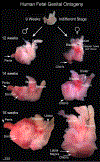
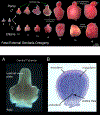
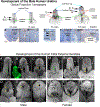
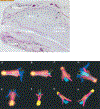
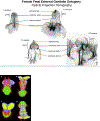

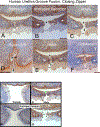

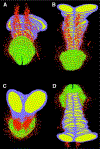



References
-
- Agras K, Willingham E, Liu B, and Baskin LS (2006) Ontogeny of androgen receptor and disruption of its mRNA expression by exogenous estrogens during morphogenesis of the genital tubercle. J Urol 176:1883–1888. - PubMed
-
- Akman Y, Liu W, Li YW, and Baskin LS (2001) Penile anatomy under the pubic arch: reconstructive implications. J Urol 166:225–230. - PubMed
-
- Altemus AR, and Hutchins GM (1991) Development of the human anterior urethra. J Urol 146:1085–1093. - PubMed
-
- Baskin L (2017a) What Is Hypospadias? Clin Pediatr (Phila) 56:409–418. - PubMed
-
- Baskin L, Duckett J, and Lue T (1996) Penile Curvature. Urology 48:347–356. - PubMed
Publication types
MeSH terms
Grants and funding
LinkOut - more resources
Full Text Sources
Other Literature Sources

